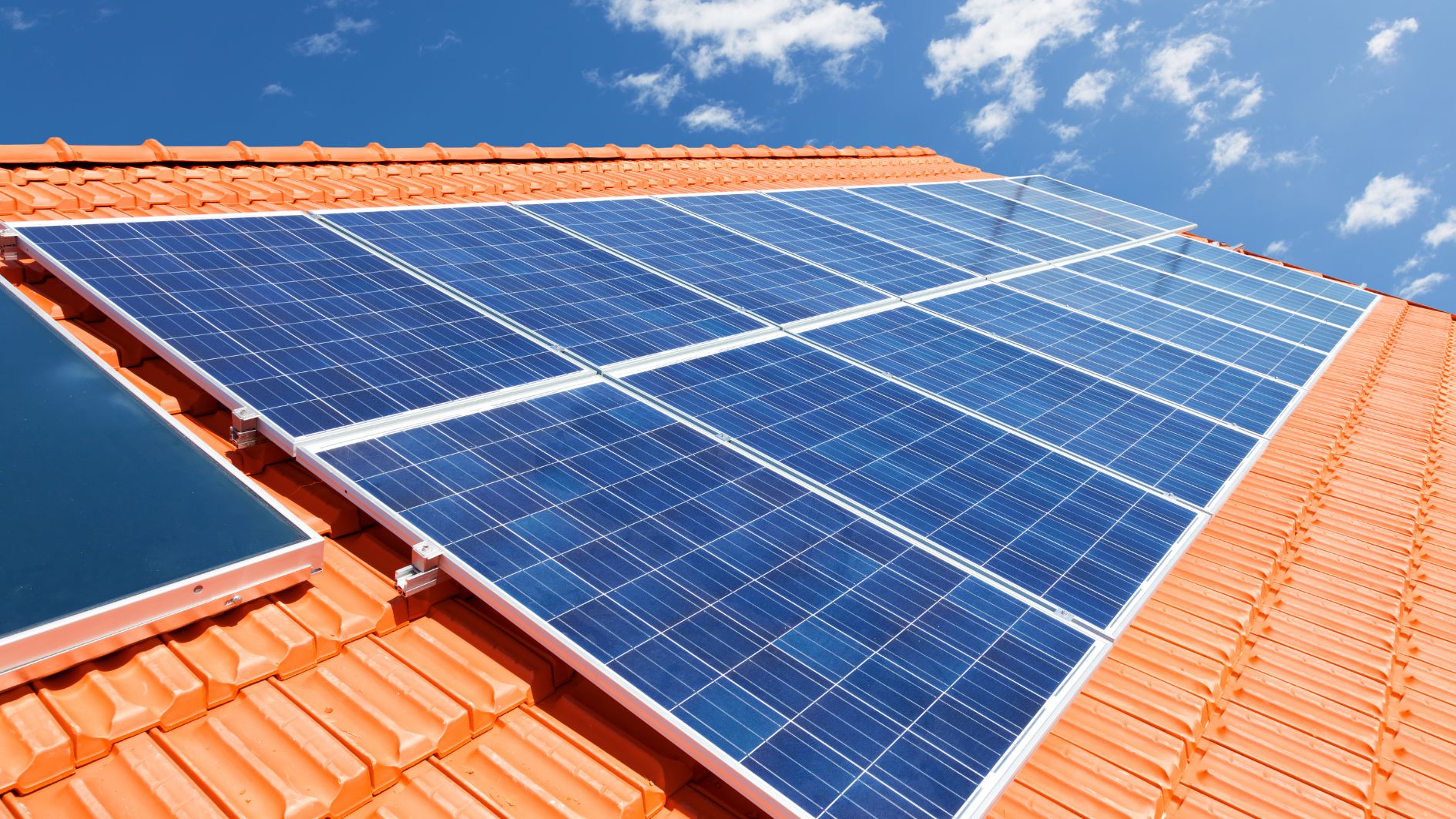Image source: Canva.com
Energy storage is gaining popularity across the country for several compelling reasons. Batteries offer numerous advantages, from providing backup power and ensuring peace of mind to enhancing financial savings. As more homes adopt energy storage solutions, the critical load panel is a crucial but often overlooked component gaining significance. This article explores the essential importance of load panels, their necessity, and exciting new technologies that could potentially revolutionize perceptions about electrical panels.

How to Calculate Electricity Load for Your Home
Understanding Critical Load Panels
Critical load panels are secondary electrical panels essential in energy storage systems. They serve as intermediaries between batteries and the main electrical panel.
Rather than connecting a battery directly to your existing electrical panel, it typically feeds into a critical load panel. This setup ensures that stored energy is used efficiently, powering only essential appliances and circuits.
The Primary Functions of a Critical Load Panel
- Prioritizing power distribution
- Preventing energy waste on non-essential items
- Protecting against unintended power drain from phantom loads
By utilizing a critical load panel, homeowners can maximize the effectiveness of their energy storage systems, ensuring that backup power is available for crucial needs during outages or peak usage periods.
The Essential Role of Critical Load Panels
Critical load panels are essential for several reasons:
Efficient Energy Management
- Most homes use over 30 kWh daily
- Typical solar batteries store 17 kWh or less
- Without a critical load panel, backup power might last less than 24 hours
Protection Against Rapid Battery Drain
- Some appliances consume more electricity than others
- Example: A clothes dryer can use 3 kW or more
- Running high-consumption appliances can quickly deplete stored energy
Preventing System Overload
- Some appliances may require more power than the battery can output
- This risks damaging the battery, appliance, and home electrical system
Prioritizing Essential Devices
- Ensures critical appliances remain powered during outages
Appropriate System Sizing
- Allows for better matching of battery capacity to essential needs
By incorporating a critical load panel, homeowners can maximize the effectiveness of their energy storage systems, protect their equipment, and ensure reliable power for essential devices during outages or peak usage periods.

Is Whole-Home Power Feasible with Energy Storage?
The short answer: It’s possible, but depends on your specific situation.
The longer answer:
Stackable Batteries
- Many modern batteries can be combined
- Multiple batteries can significantly increase storage capacity
- This may be sufficient for average daily electrical needs
Factors to Consider
- Your home’s energy consumption
- Battery capacity
- Number of batteries installed
Off-grid Considerations
- Requires sizing for multiple consecutive days
- Must account for above-average usage periods
- Needs to factor in seasonal variations in solar production
System Design
- Custom solutions may be necessary
- Professional assessment recommended
Powering an entire home with storage is achievable but requires careful planning and potentially significant investment. The feasibility depends on your energy needs, budget, and goals (backup power vs. full off-grid living).
Ready to join the solar plus storage revolution? Discover your potential savings with SolarWiki!





